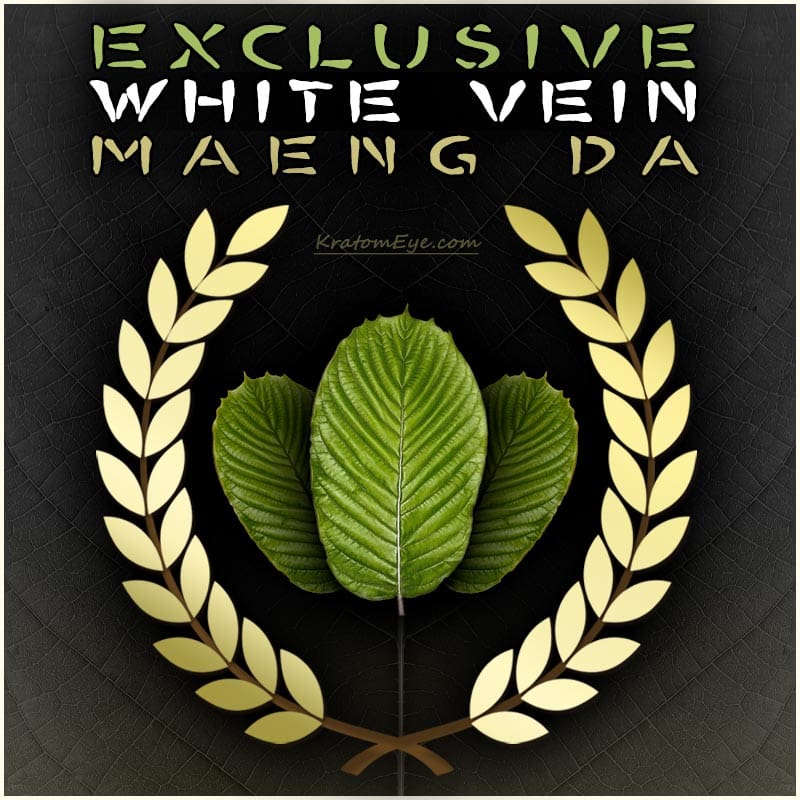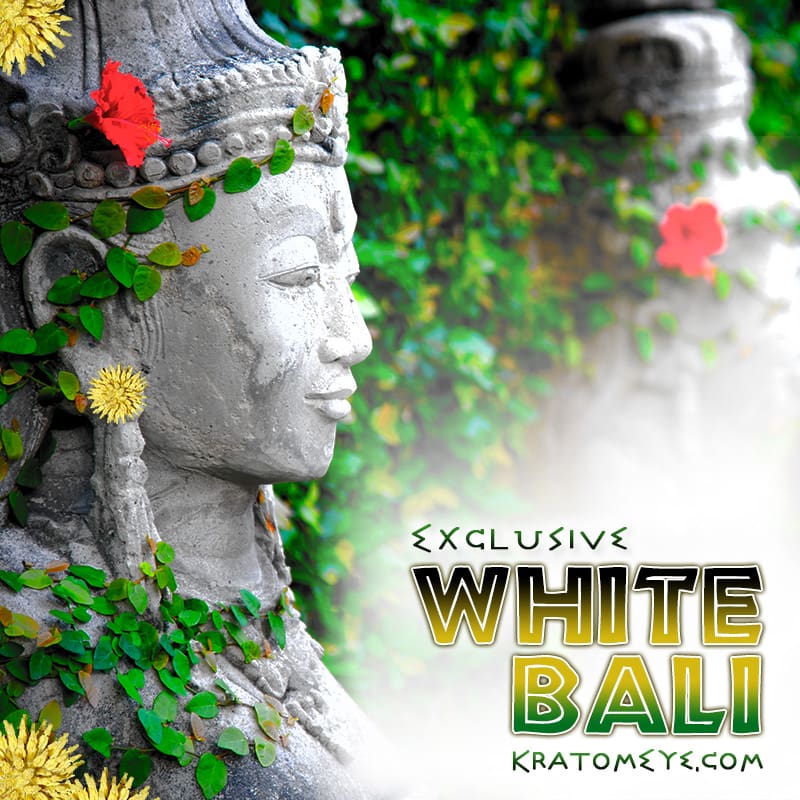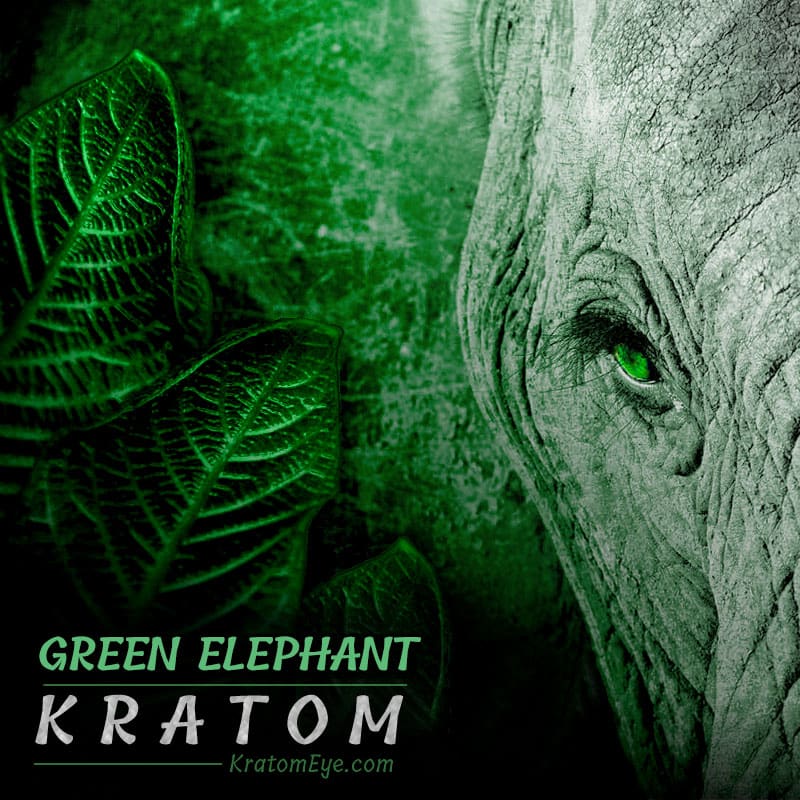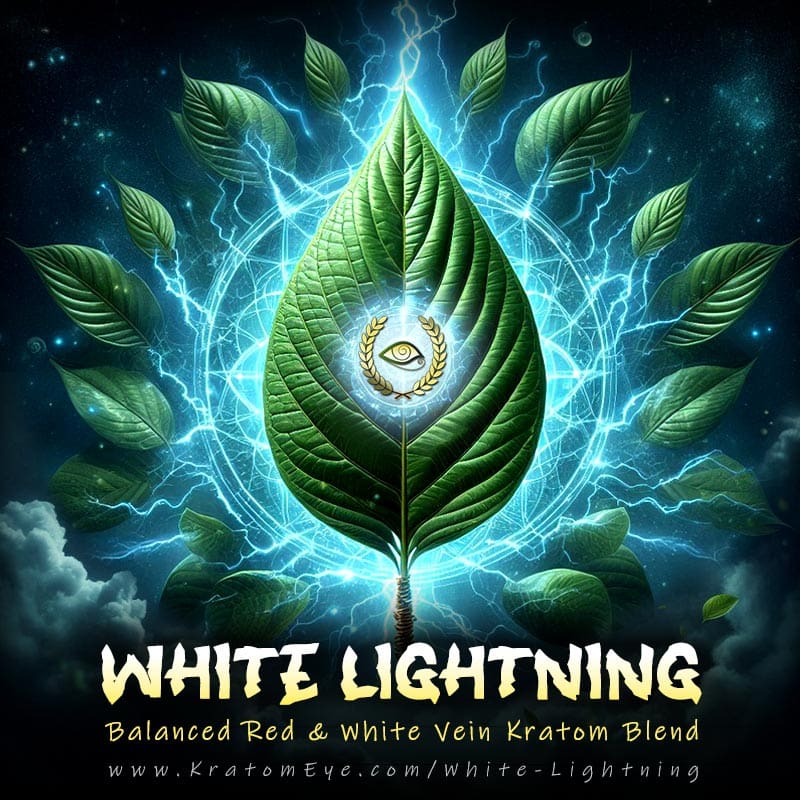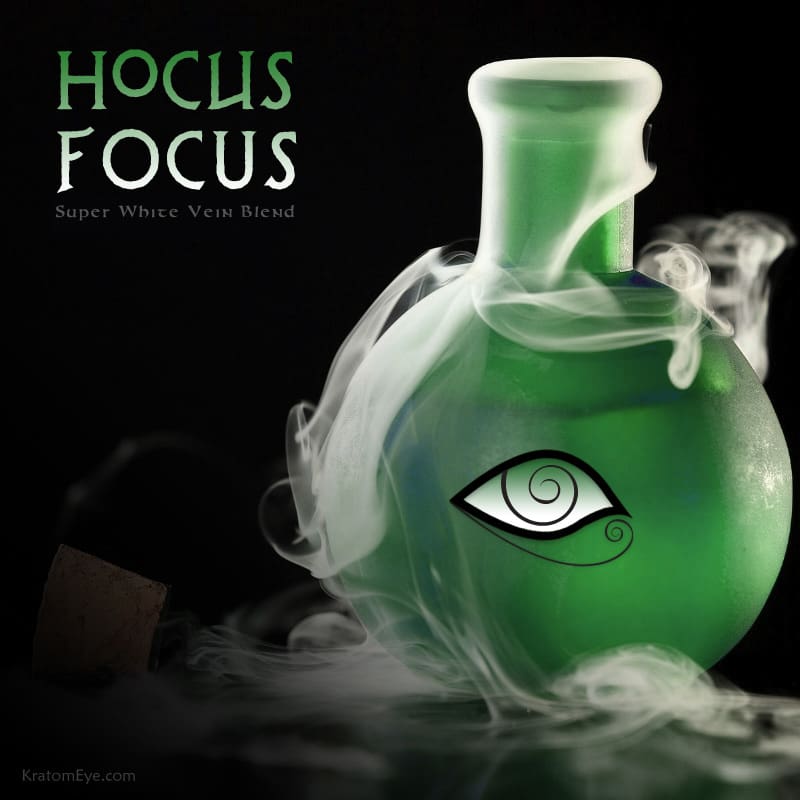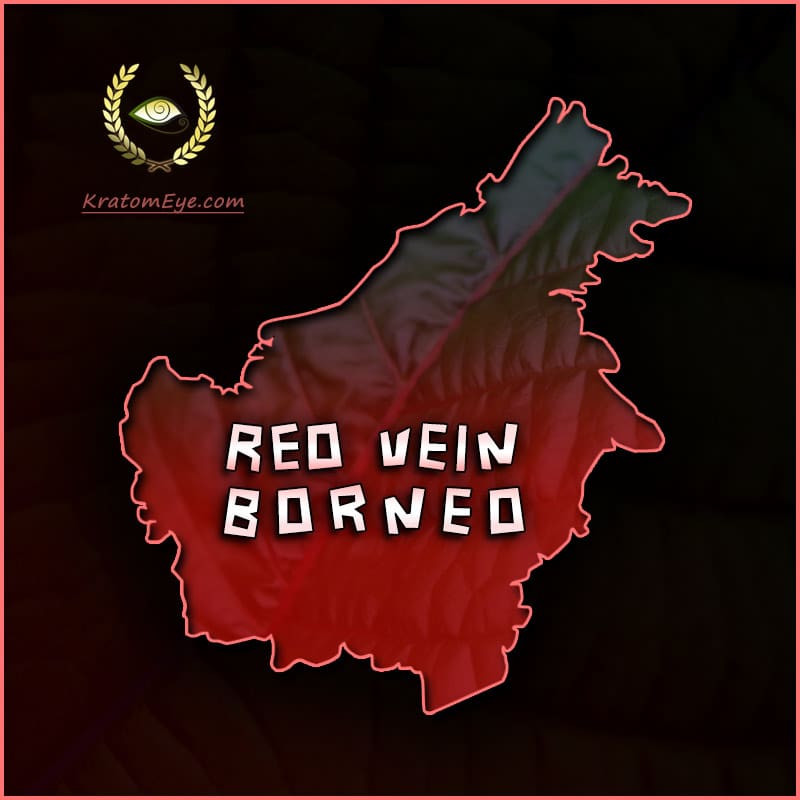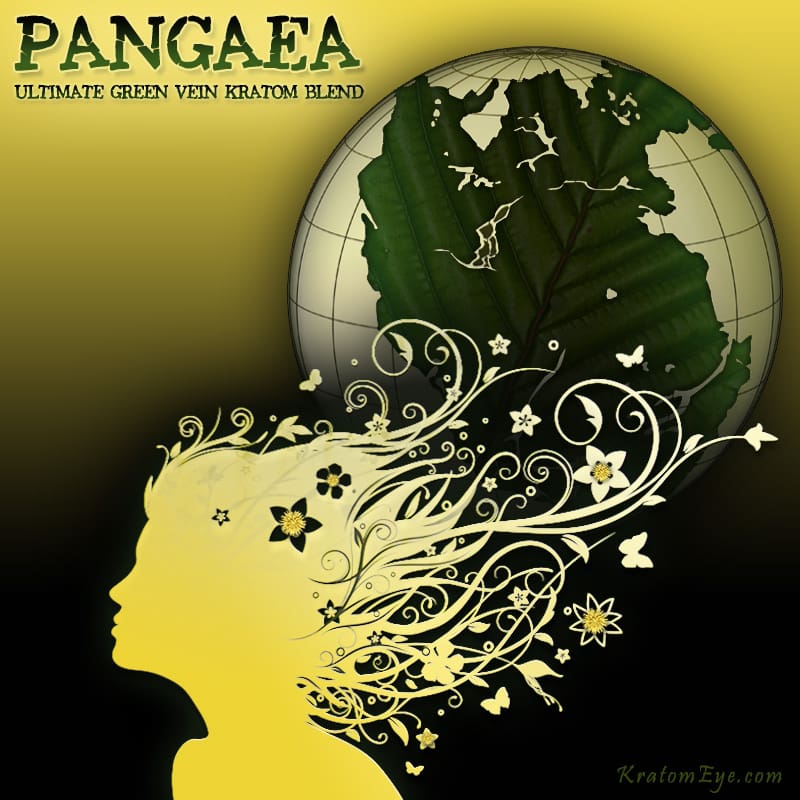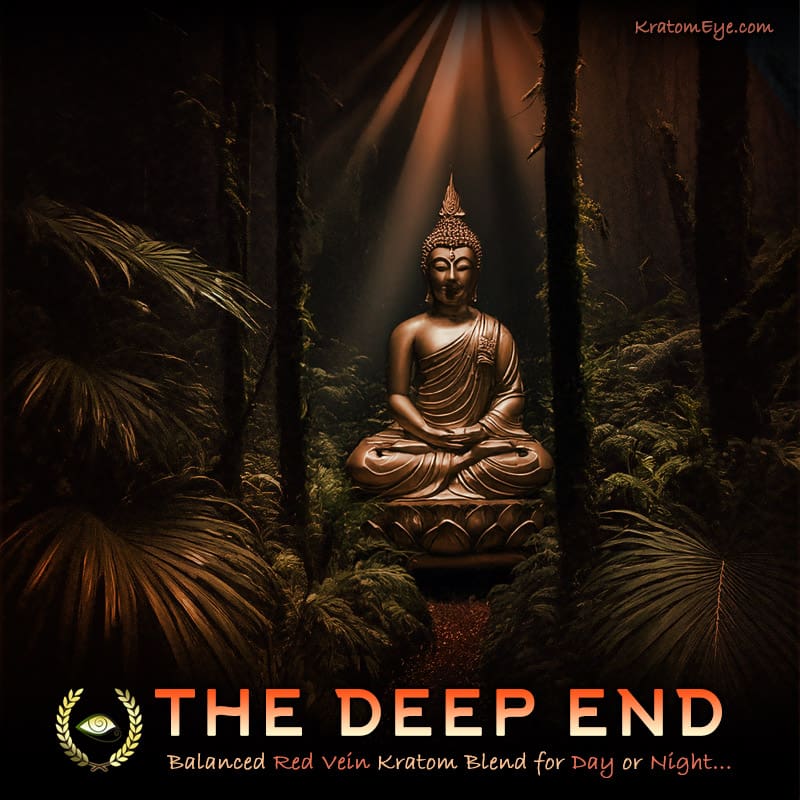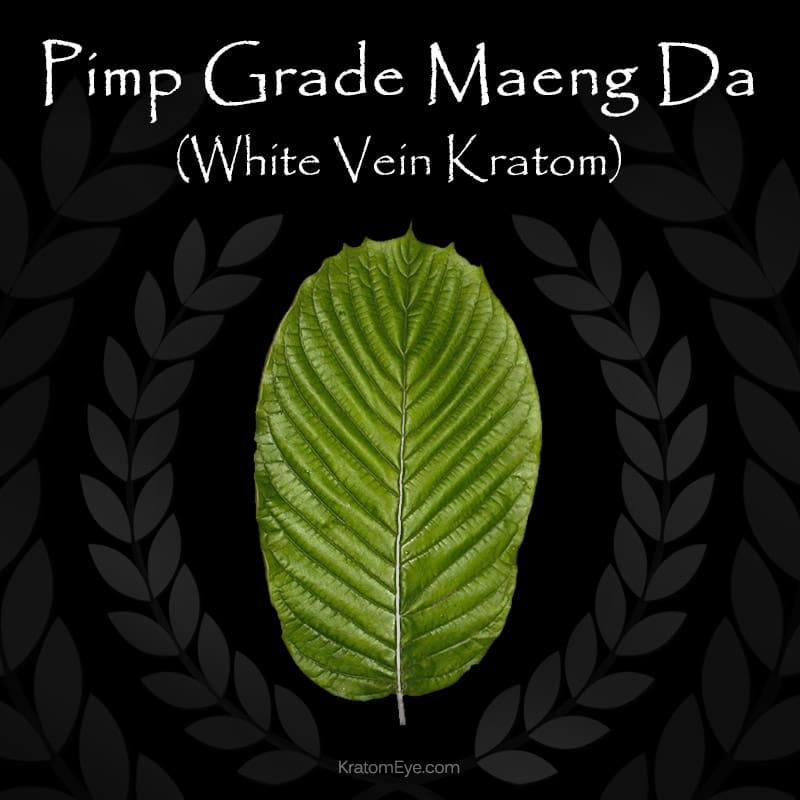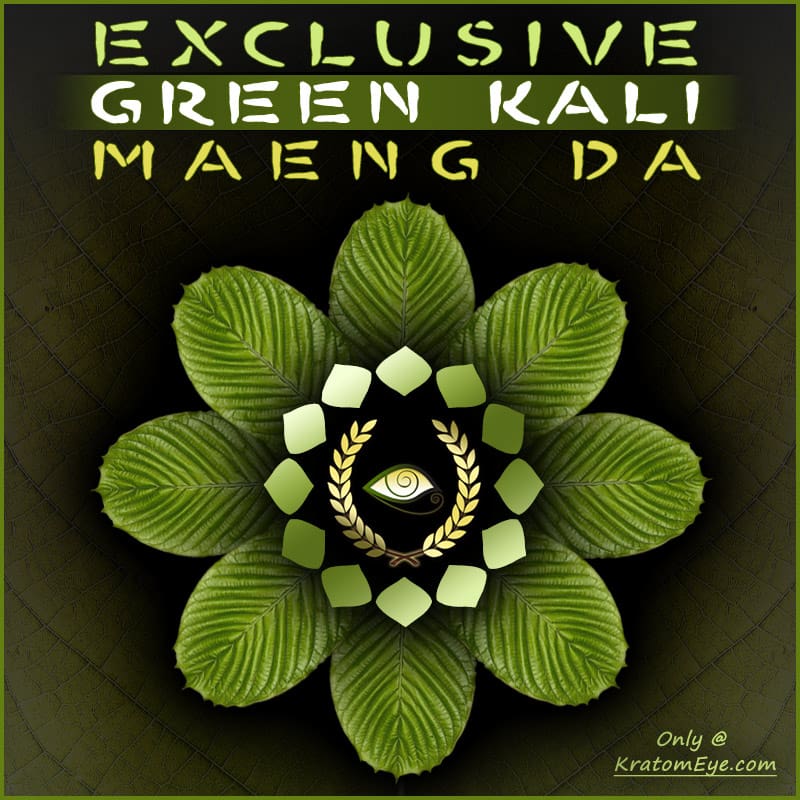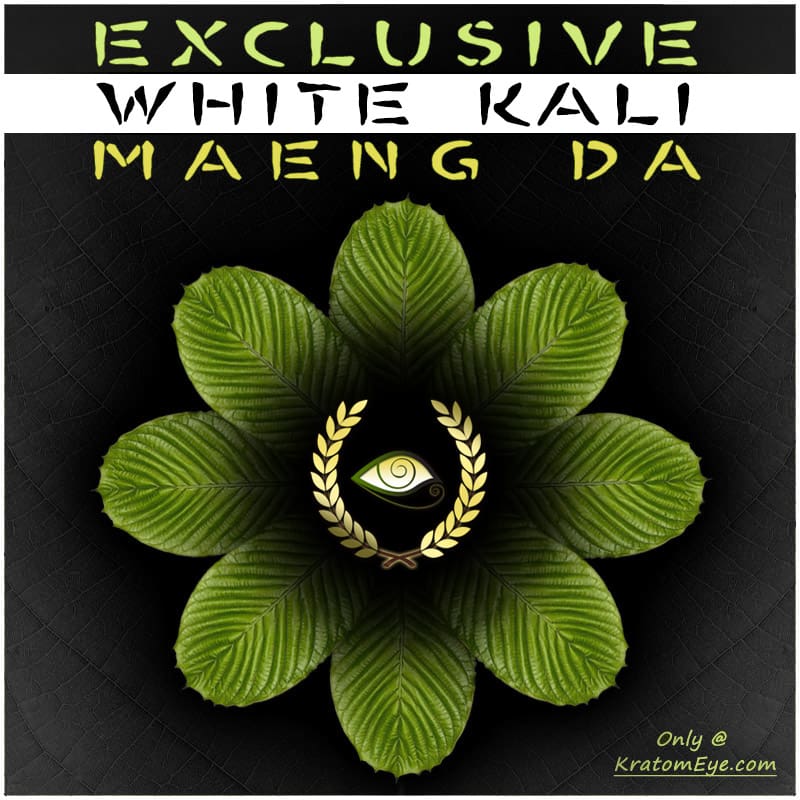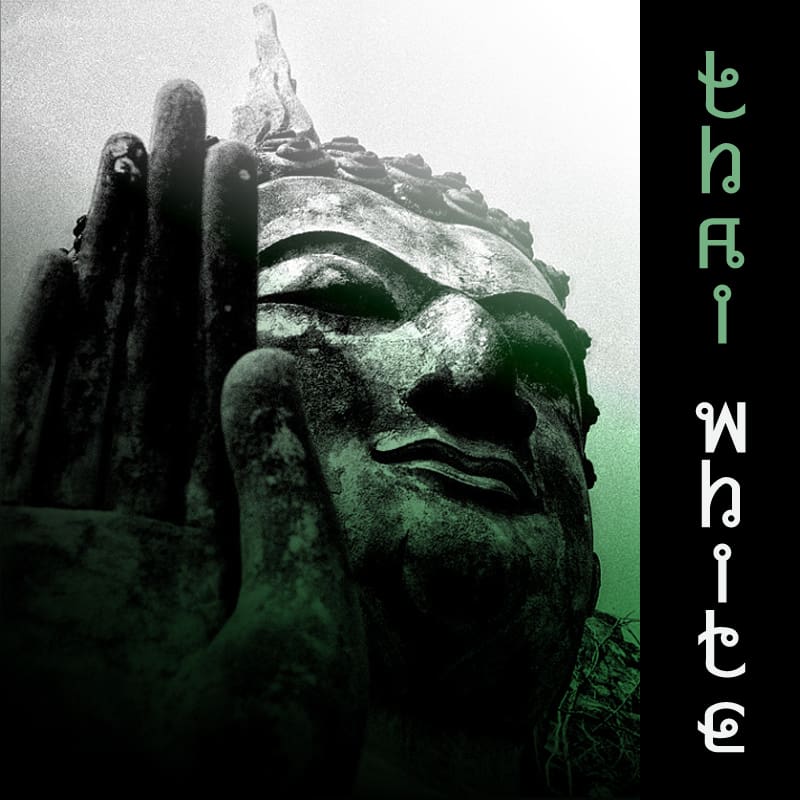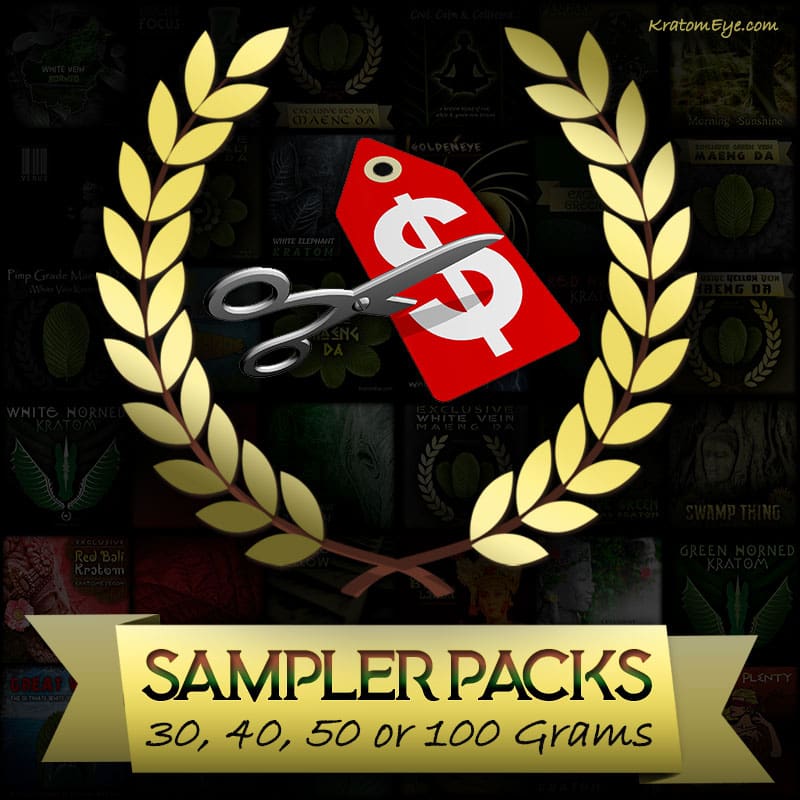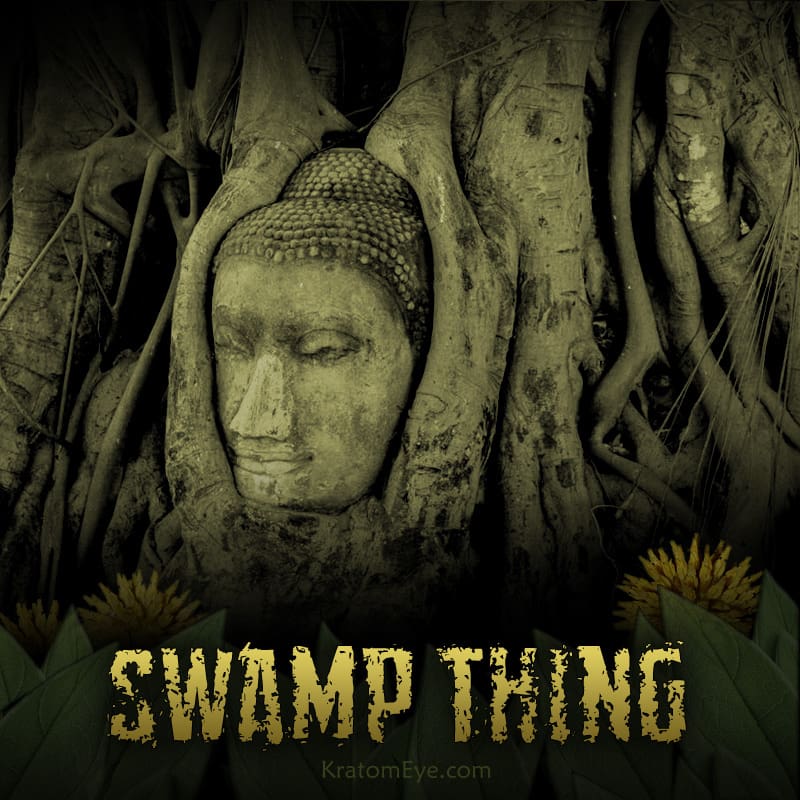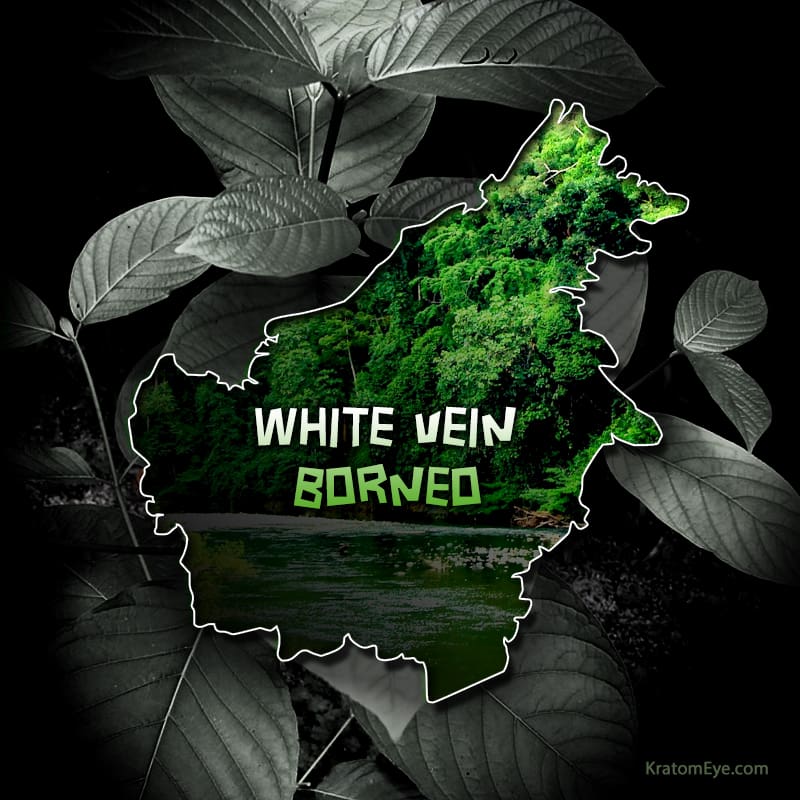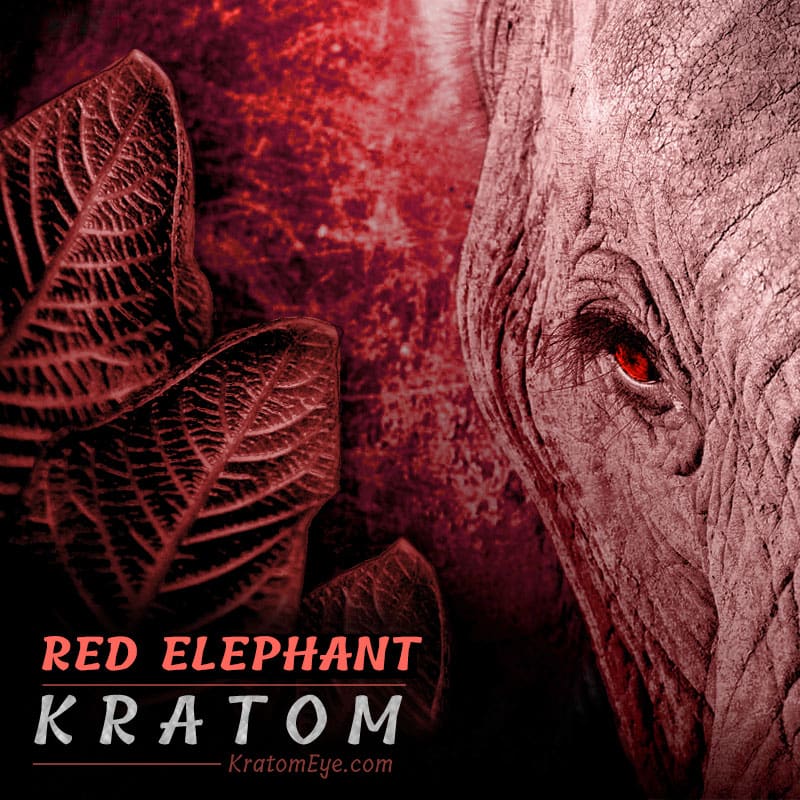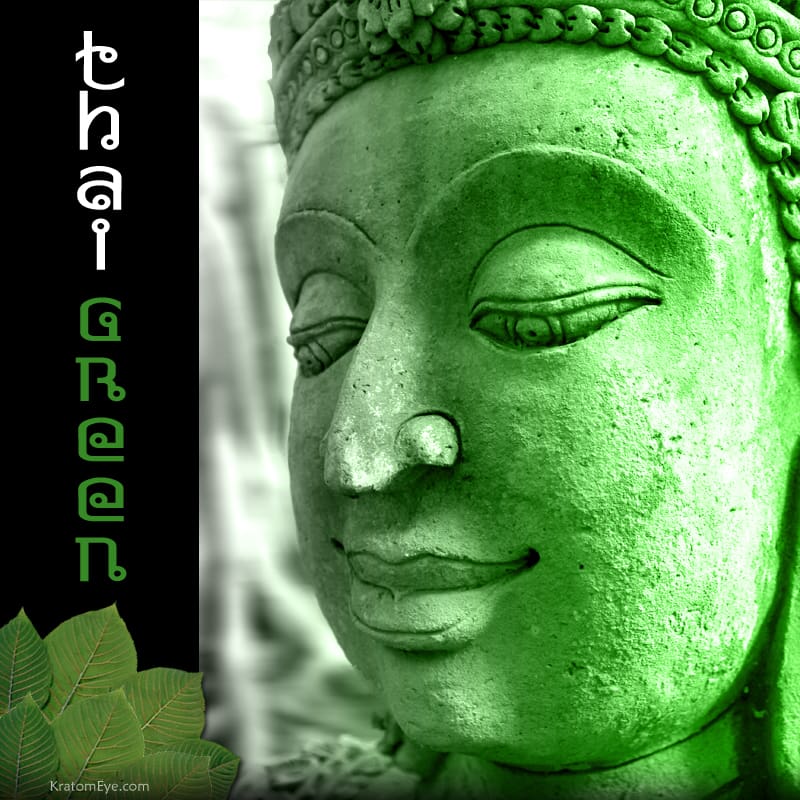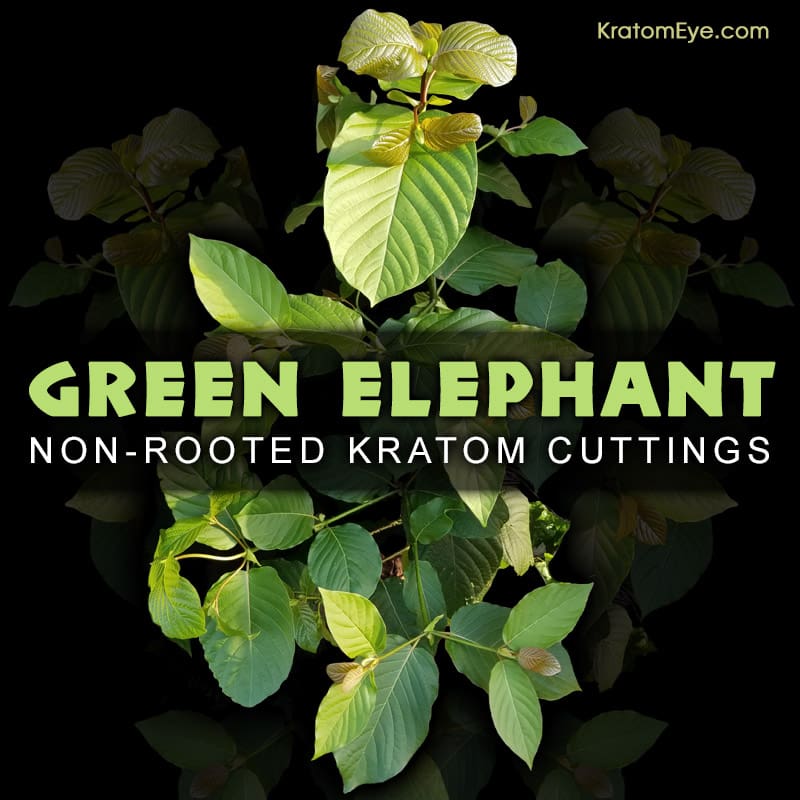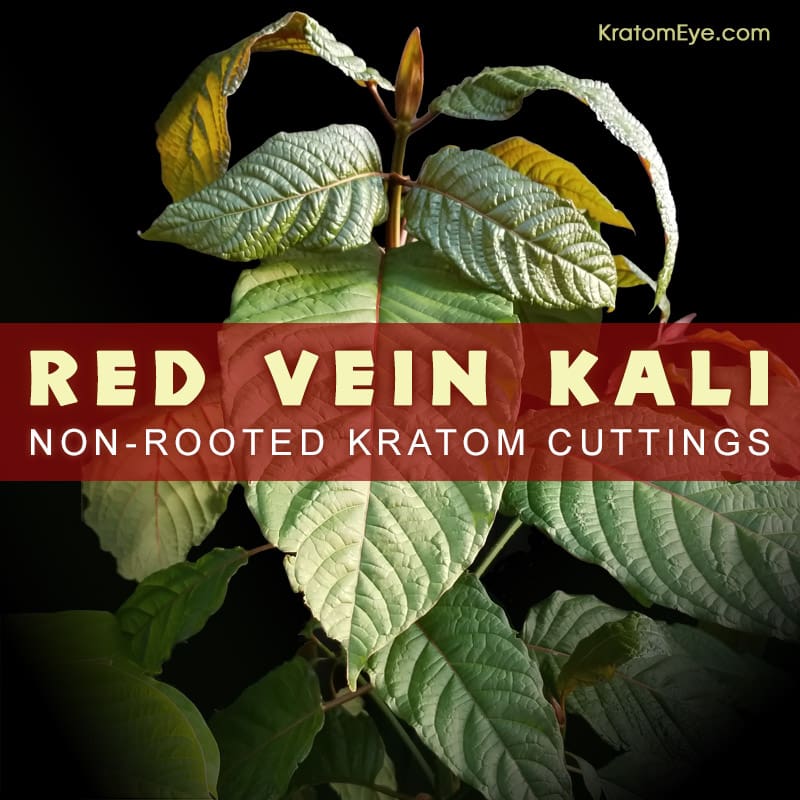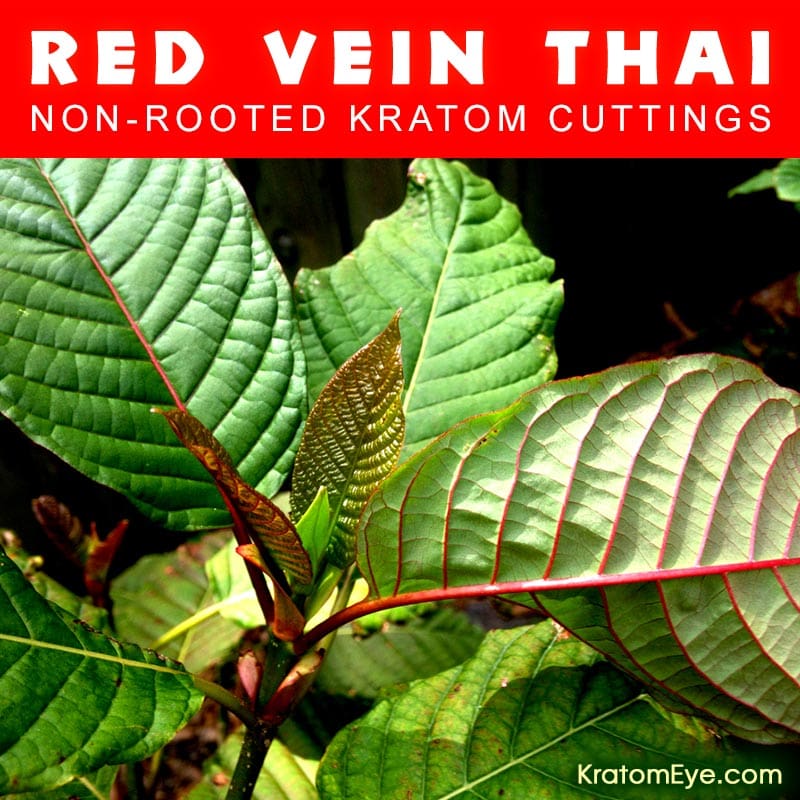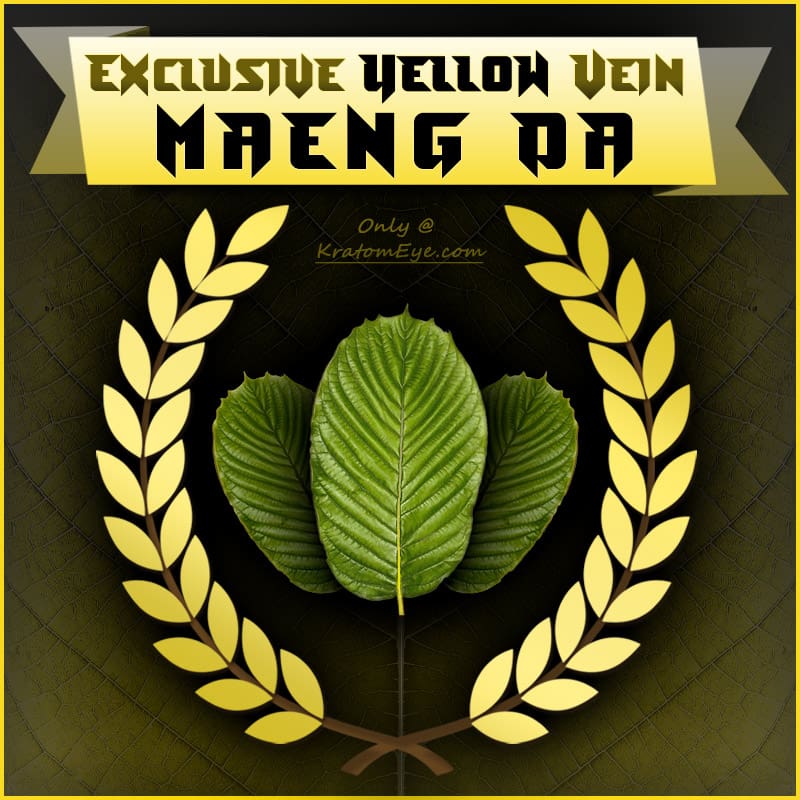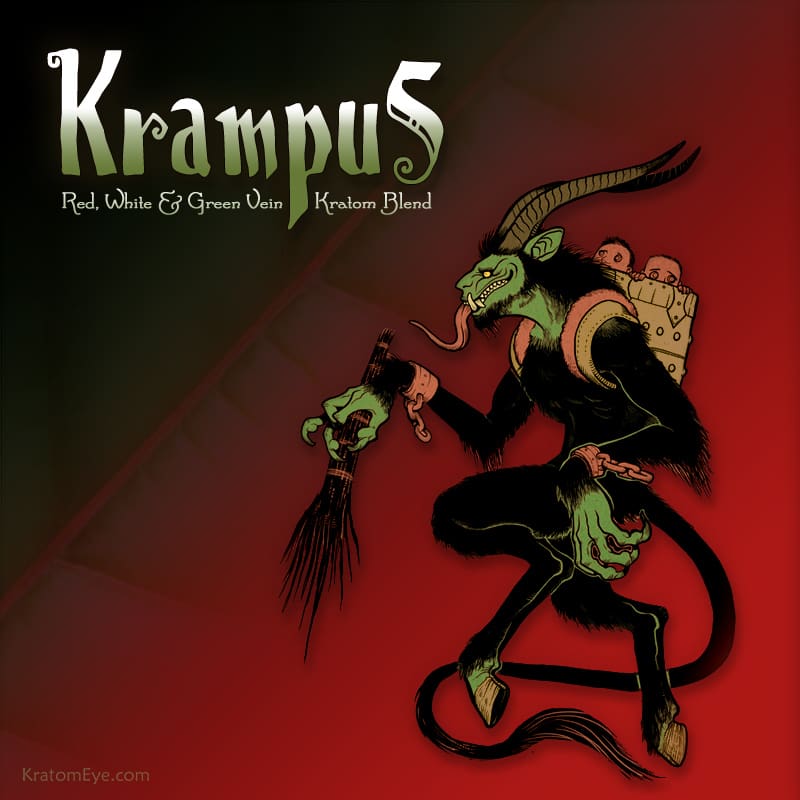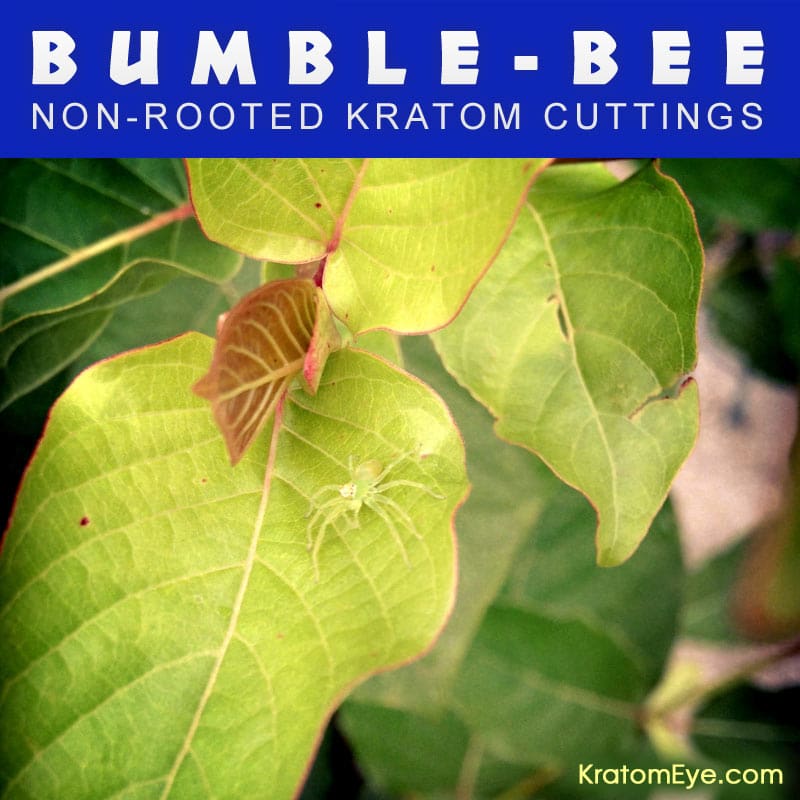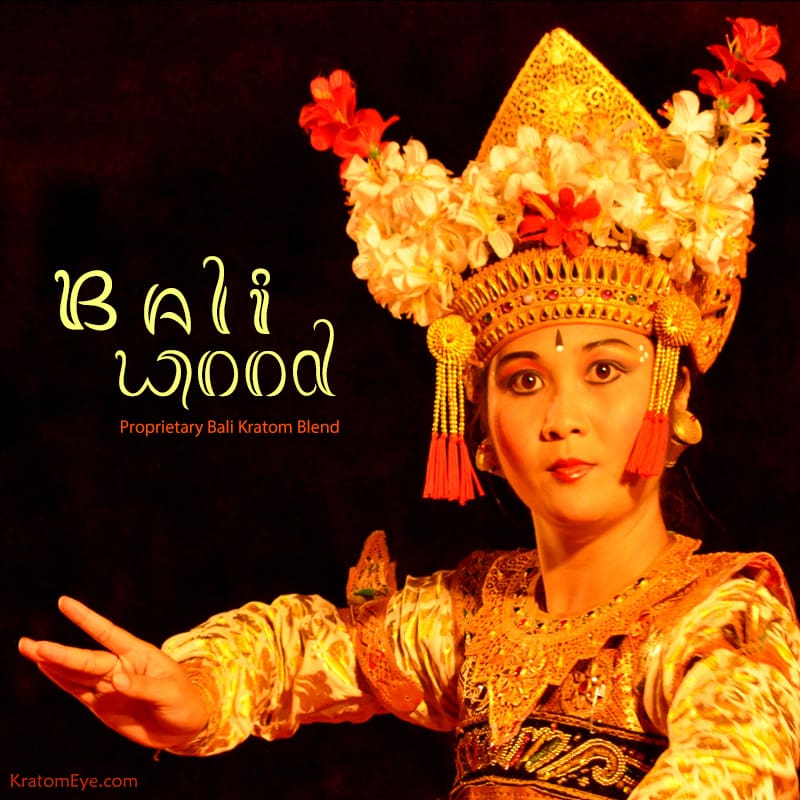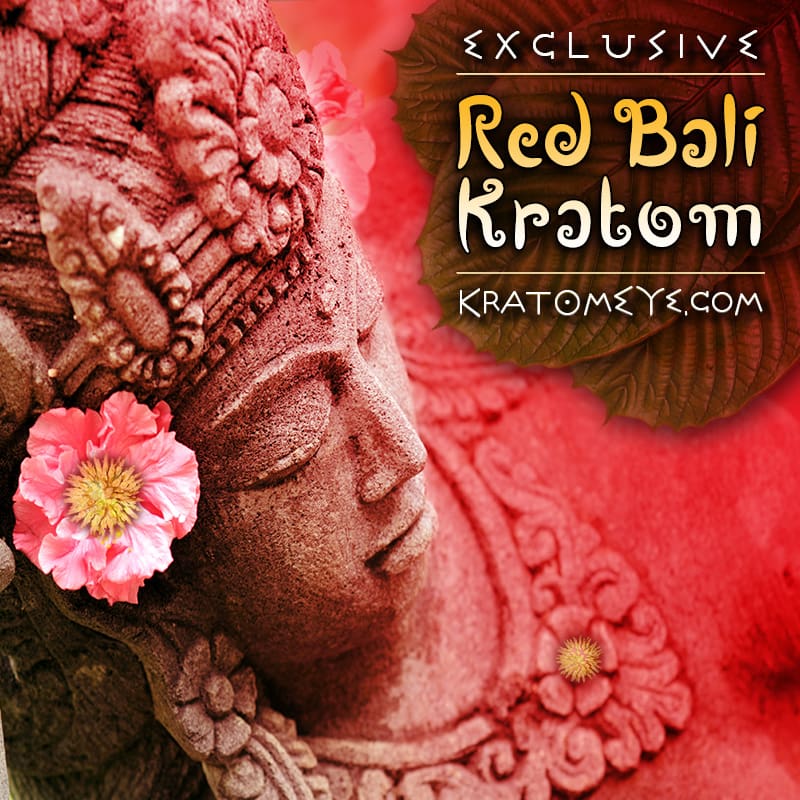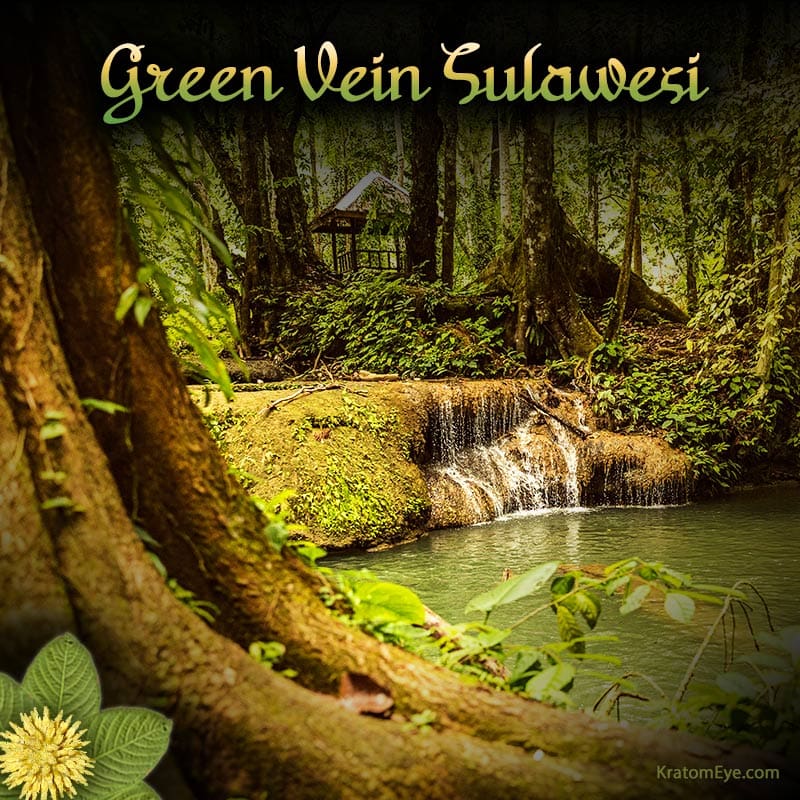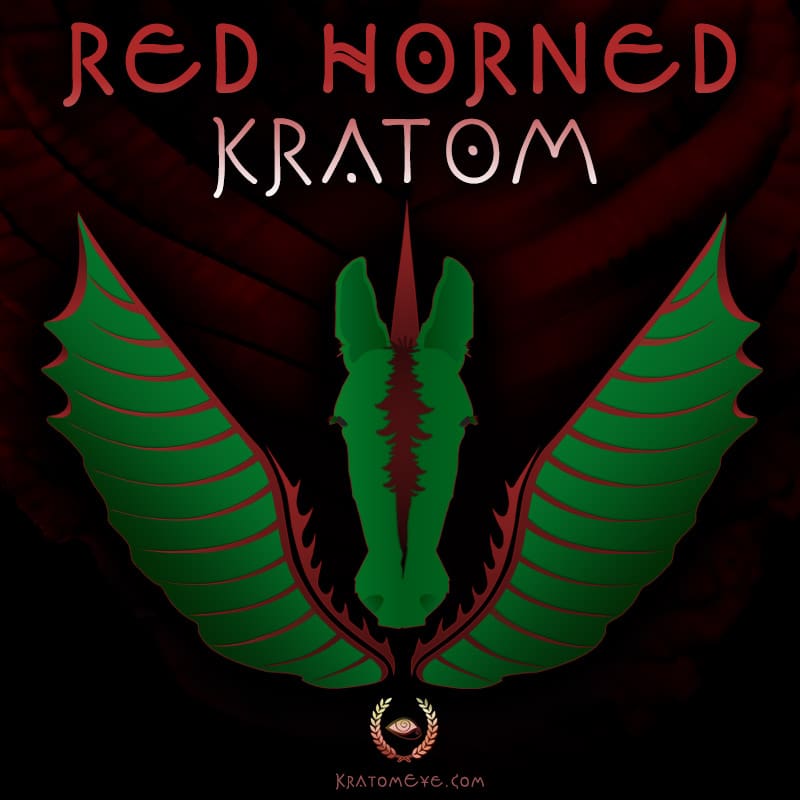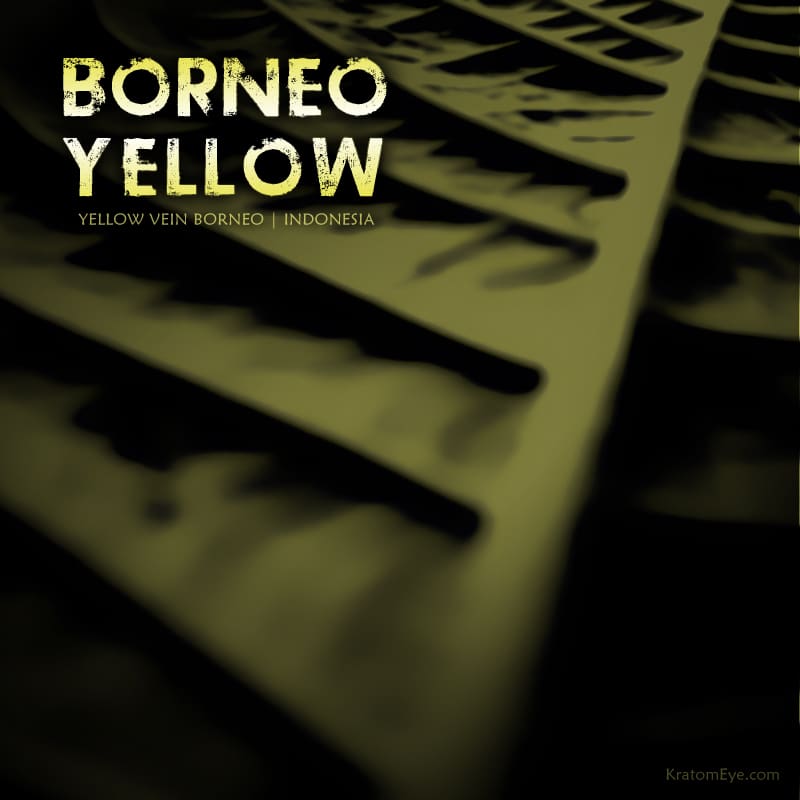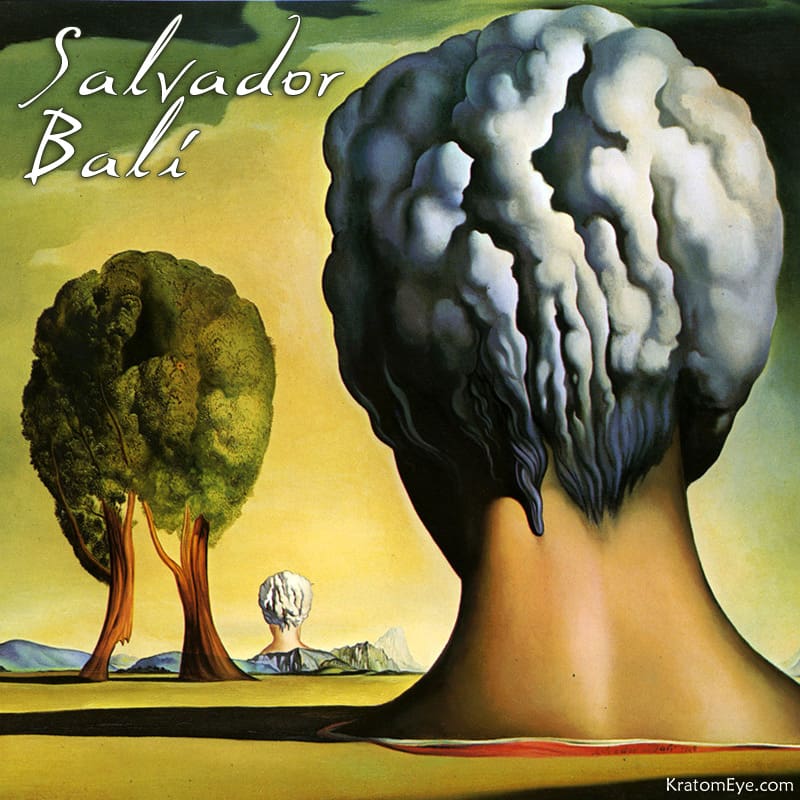Mitragyna Speciosa: An Overview
For thousands of years members of several Southeast Asian countries have picked used and cultivated kratom aka Mitragyna Speciosa. For centuries, this tree has been used by tribal people for rituals, religious ceremonies, etc. Mitragyna Speciosa enjoys a diverse range of strains (that keep growing year after year on the same tree). There is a strain (or strains) available for just about everyone, and there is increasing demand for it every year. With so much culture and history behind this plant, it is most certainly worth investigating if you are interested in learning more.
What Is Mitragyna Speciosa?
Technically, Mitragyna Speciosa is an evergreen tree that falls into the coffee family (Rubiaceae), but instead of beans, it’s the leaves that are the stars of this tree’s production.
Kratom is mainly found growing wild in the following Southeast Asian countries:
● Indonesia
● Malaysia
● Myanmar
● Papua New Guinea
● Thailand
● Philippines
● Vietnam
● Cambodia
However, Kratom (also called Biak, Kedomba, Ketum, Mambog & Puri in different countries). is mainly produced in:
● Borneo (Indonesia & Malaysia)
● Thailand
● Vietnam
● Cambodia
These seem to be the tree’s favorite countries as far as environmental, climate, and soil conditions for growth are concerned. Every strain of this tree (or variation) has come about due to the unique set of conditions in each locale. It was officially named M. Speciosa in 1859 by a man named George Darby Haviland.
What Does Mitragyna Speciosa Look Like?
There are various strains and vein colors (red, green & white) for Mitragyna Speciosa, but the general physical properties of the trees are relatively similar. The right set of conditions can have the trees growing to over 80 feet tall and 3 feet across its trunk. Most of the leaves are going to be a glossy green variation with very noticeable veins throughout.
Aside from the pointedly protruding leaves, the easiest way to identify a kratom leaf is to know that the veins always grow toward the tip in an opposite growth pattern (curving upwards). The leaves generally grow to be roughly 8 to 10 inches long and 5 to 8 inches wide. A notable exception to this is the Elephant Kratom strain which has huge leaves (circa 12-18 in long & 8 – 10 in wide). This is mainly due to their older age as some forests are considered to be centuries old. You can also easily identify the tree by the growth pattern of the flowers, which resemble Dandelion flowers with different shades of yellow, orange, white and brown. The flowers grow in sets of three near the tips of the branches & are notoriously difficult to germinate.
Why The Different Colors?
The Mitragyna Speciosa tree and its leaves are normally classified in three different vein colors. The veins of the leaves come in red, green, white or even a gradation of white to green or white to red. A single tree can have different vein colors represented in it’s leaves at any given time (thought to be due to environmental factors). The different colors arise from distinct alkaloids and other natural properties that affect the look and aromas. Each color comes with unique properties that may appeal to some more than others; it is up to the buyer to research and understand what these differences are prior to purchasing.
Yellow-veined kratom also exists on the market but it does not actually grow with yellow veins. Instead, it comes from a very particular drying process that has been perfected over hundreds of years.
A Tree With History
Mitragyna Speciosa has been a popular tree for a very long time and holds a lot of significance in certain Southeast Asian cultures. As the demand steadily grows for the different colored leaves there is more research and information available for the buyer to get a better understanding.



